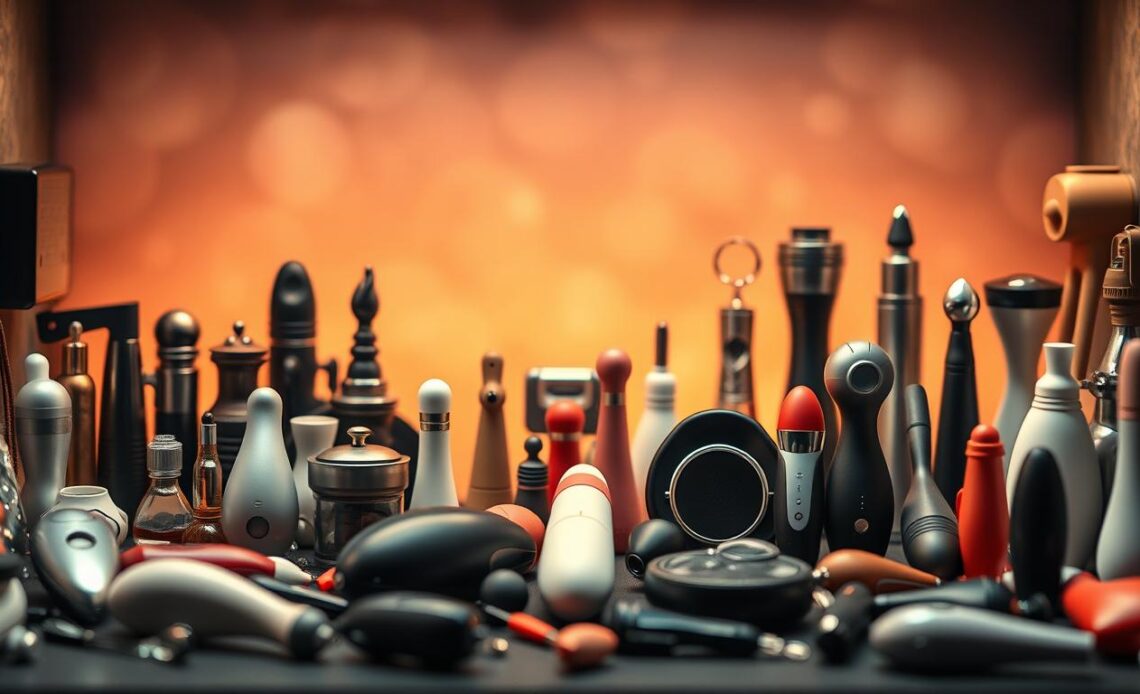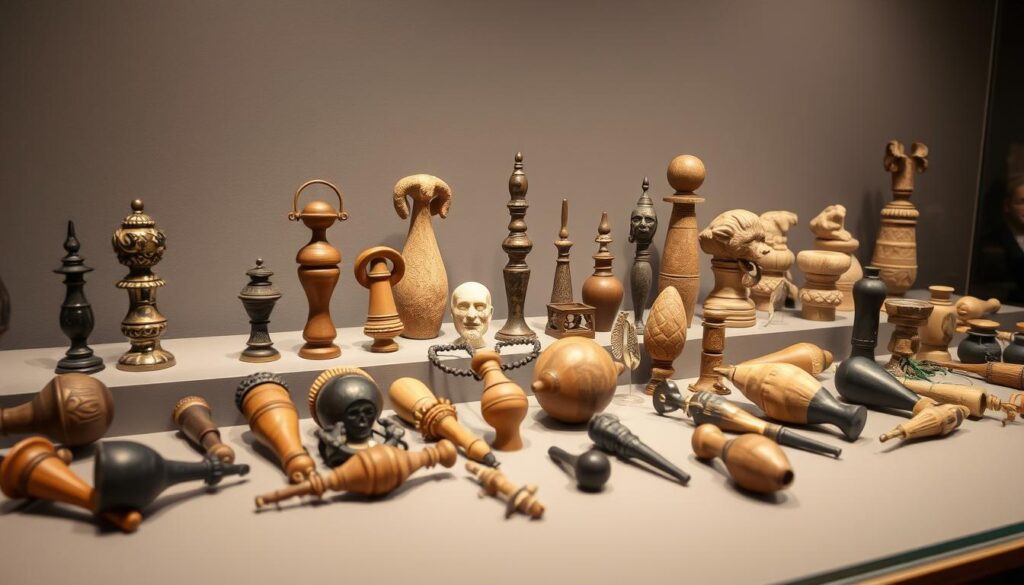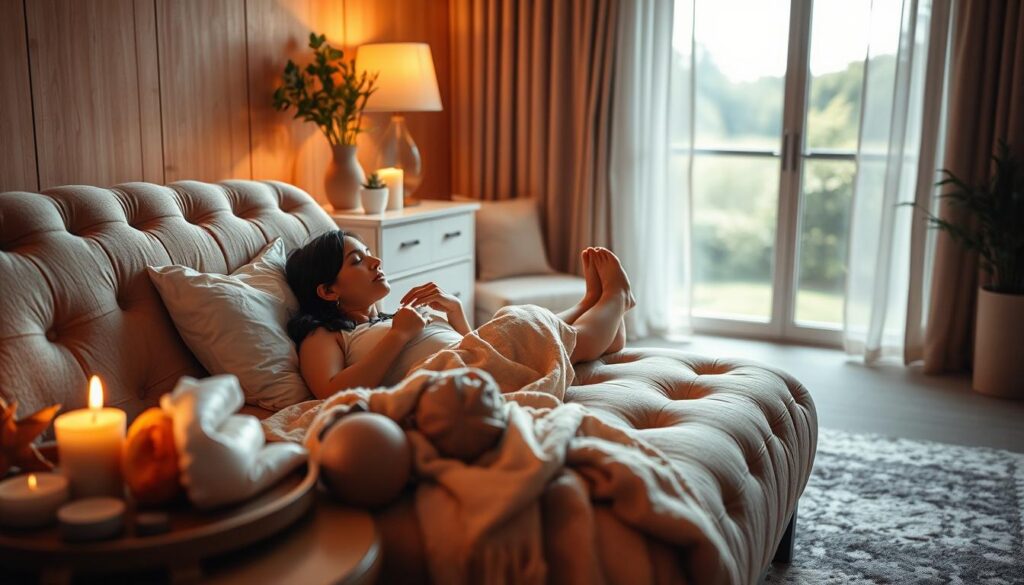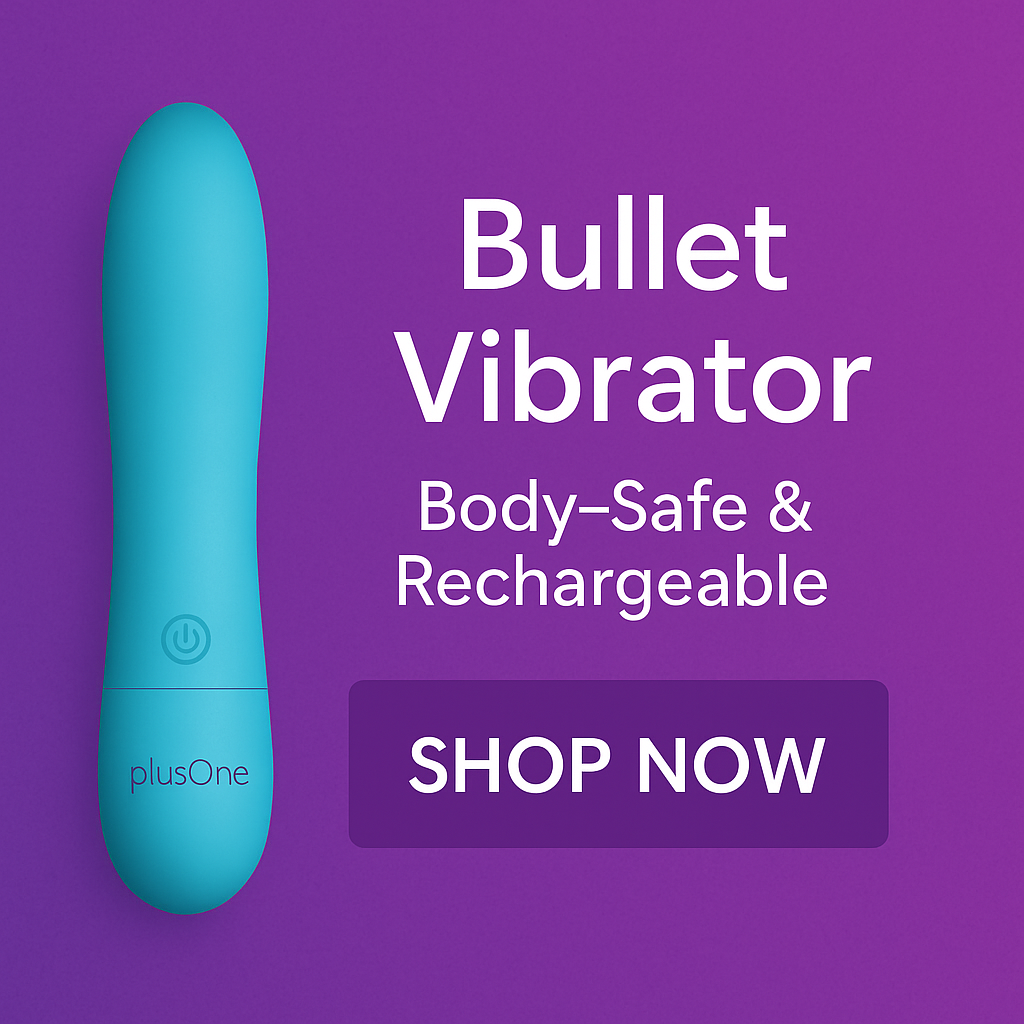
Humans have always been curious about what brings joy and connection. Today, tools designed for exploration are more accessible—and socially accepted—than ever. Take the first patented vibrator in the 1880s: it was marketed as a medical device to treat “hysteria.” Fast-forward to now, and these items are celebrated as tools for self-discovery and intimacy.
Research by experts like Michael Pieruccini shows how modern devices do more than just provide physical stimulation. They help people reconnect with their bodies, reduce stress, and foster confidence. Studies reveal that over 50% of American women have tried them, often citing benefits like improved mood and stronger relationships.
What started as taboo has become a pathway to empowerment. Couples report deeper bonds through shared experiences, while individuals find new ways to embrace self-care. It’s not just about the act itself—it’s about understanding how these tools fit into our lives today.
Key Takeaways
- Early devices like vibrators were framed as medical treatments, not lifestyle aids.
- Modern options support emotional health, confidence, and stress reduction.
- Over half of U.S. women have explored these tools for personal growth.
- Shared use can strengthen trust and communication in relationships.
- Body positivity and mental well-being are key motivators for users.
Exploring the History and Cultural Impact of Sex Toys
Imagine walking into a 19th-century home and spotting a vibrator next to the sewing machine. Strange? Not back then. Early versions were sold as household appliances to treat “female troubles,” hiding their true purpose behind medical jargon. This clever marketing let people explore satisfaction without social judgment.

From Hushed Remedies to Open Empowerment
By the 1960s, feminist movements reclaimed these tools as symbols of autonomy. As historical records show, activists rebranded vibrators from shameful secrets to celebration of body positivity. Ads shifted too—gone were vague terms like “personal massagers.” Modern campaigns openly discuss desires and orgasm equality.
Breaking Taboos Through Advertising
Did you know 65% of women have tried these devices, compared to 40% of men? This gap reveals lingering stereotypes about who “gets” to seek sexual pleasure. Yet brands now feature diverse couples and solo users in ads, normalizing exploration. TV commercials once banned now air during prime time, proving how far we’ve come.
What started as whispered purchases under countertops thrives as a $35 billion global industry. Each product redesign and inclusive campaign chips away at old stigmas, helping people rewrite their intimate stories without shame.
Understanding the Psychology of Pleasure Toys
Our brains light up like fireworks when physical touch meets emotional engagement. Studies show nerve endings send signals to the limbic system—the brain’s emotion hub—creating a feedback loop between body sensations and positive feelings. This explains why certain devices can spark joy beyond momentary enjoyment.

Neural Pathways to Emotional Bonding
When couples explore shared sensory experiences, oxytocin levels rise by up to 30% according to UCLA research. This “trust hormone” helps break down communication barriers, making it easier to discuss preferences. Partners who use these tools often report:
| Stimulation Type | Emotional Impact | Relationship Benefit |
|---|---|---|
| Vibratory | Releases dopamine | Encourages playfulness |
| Pressure-based | Reduces cortisol | Builds mutual relaxation |
| Temperature-play | Heightens awareness | Fosters curiosity |
From Self-Discovery to Shared Growth
Knowing what excites us personally helps articulate desires confidently. A 2023 Kinsey Institute survey found 68% of participants felt sex toys help bridge intimacy gaps through concrete examples. “It’s easier to say ‘I like this speed’ than describe abstract feelings,” one respondent noted.
This shared vocabulary creates ripple effects. Partners who explore together report 40% higher satisfaction in non-physical interactions too. By transforming private discoveries into joint adventures, couples rewrite their connection scripts—one sensation at a time.
The Psychological and Emotional Benefits of Using Sex Toys
Ever wonder why some tools feel like they’re doing double duty? Beyond their obvious purpose, certain devices quietly reshape how we handle stress and self-image. Take vibrators: research shows 20 minutes of use can drop cortisol levels by 25% while boosting endorphins. It’s like swapping a tension headache for a laughter-filled movie night—but with science backing it up.
Stress Relief, Mood Enhancement, and Mental Wellness
Our bodies thrive on feel-good chemicals. A 2022 Johns Hopkins study found that regular sex toys offer users 40% higher oxytocin levels compared to traditional stress-relief methods. This isn’t just about solo sessions—couples who explore together report deeper emotional sync. “Shared play creates a feedback loop of trust,” notes intimacy coach Lena Grant. “It’s teamwork disguised as fun.”
Sleep patterns improve too. The same relaxation that lowers blood pressure helps 68% of users fall asleep faster, per Sleep Health Journal. Whether it’s post-workday unwinding or pre-bedtime rituals, these tools act as biological reset buttons.
Boosting Self-Confidence and Empowerment
Knowing what works for your body builds unshakable confidence. A Kinsey Institute survey revealed that 73% of people felt more assertive in daily life after incorporating self-love practices. One participant shared, “It’s not just about the bedroom—it’s realizing I deserve joy everywhere.”
This empowerment ripples outward. Partners notice improved communication, while solo users carry newfound boldness into careers and friendships. As stigmas fade, sexual wellness becomes less about secrecy and more about holistic health—one confident choice at a time.
Integrating Sex Toys into Our Wellness and Relationship Routines
Building trust starts with creating spaces where curiosity thrives. For couples, this often means blending exploration with everyday wellness habits. Let’s talk about how to make these tools feel as natural as yoga mats or meditation apps.
Creating a Safe Environment for Exploration and Conversation
Starting the conversation doesn’t need grand gestures. Try saying, “I read something interesting about how couples use accessories to spice things up—want to explore?” This opens dialogue without pressure. Set the mood with soft lighting or calming playlists to ease nerves.
| Step | Purpose | Outcome |
|---|---|---|
| Share articles or videos | Normalizes the topic | Reduces awkwardness |
| Pick a neutral time to talk | Encourages openness | Builds mutual interest |
| Start with beginner-friendly options | Minimizes overwhelm | Boosts confidence |
Pairing toy use with existing routines helps. Try incorporating devices into massage nights or post-workout relaxation. One partner might enjoy vibration during stretches, while another prefers temperature-play for stress relief.
Role-playing scenarios can refresh stale patterns. Create characters, set playful boundaries, and laugh through the awkward moments. As sex therapist Dr. Ava Cadell notes: “Playfulness is the glue that turns experimentation into connection.”
- Check in weekly about preferences
- Store items in accessible but private spots
- Celebrate small wins with affirmations
Remember: communication isn’t a one-time talk. It’s ongoing tweaks that make shared growth possible. When both voices matter equally, intimacy becomes a team sport.
Conclusion
From whispered remedies to mainstream wellness staples, these tools have reshaped how we approach intimacy. What began as hidden “medical aids” now empower individuals and couples to prioritize joy without shame. Studies confirm their role in reducing stress by 25% while boosting emotional bonds—proof that exploration fuels both personal and shared growth.
Whether used solo or with a partner, modern devices offer concrete benefits: better sleep, stronger communication, and renewed confidence. Research shows 83% of couples using them report deeper satisfaction in their relationships. For those feeling hesitant, remember that anxiety about trying new things is normal—overcoming uncertainty often leads to rewarding discoveries.
Let’s reframe these tools as essential components of holistic health. Start small—maybe a couples’ shopping trip or a solo session—and notice how curiosity sparks positive change. When we embrace sexual wellness as self-care, we unlock new ways to thrive in every aspect of life.

